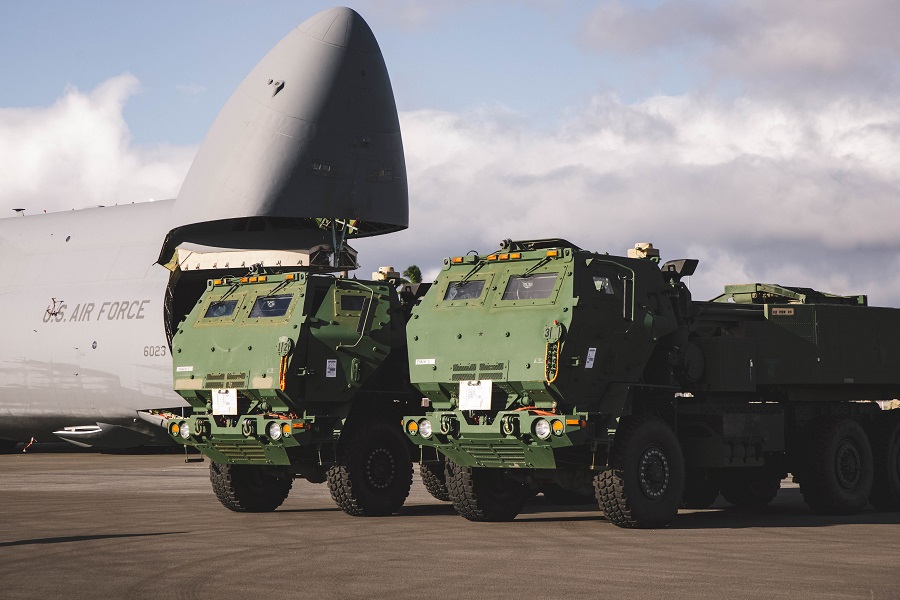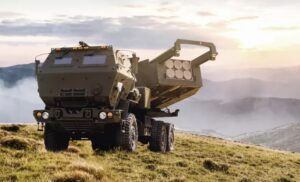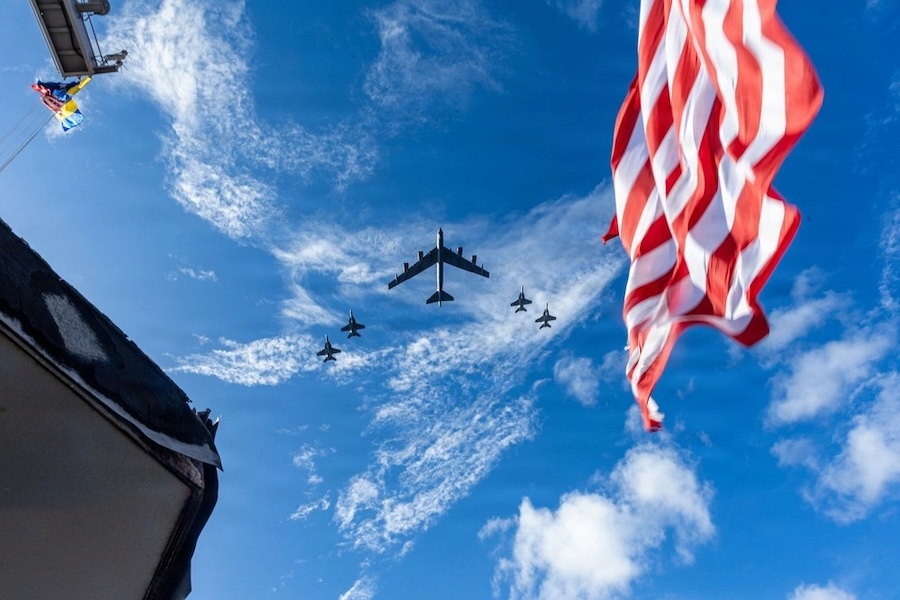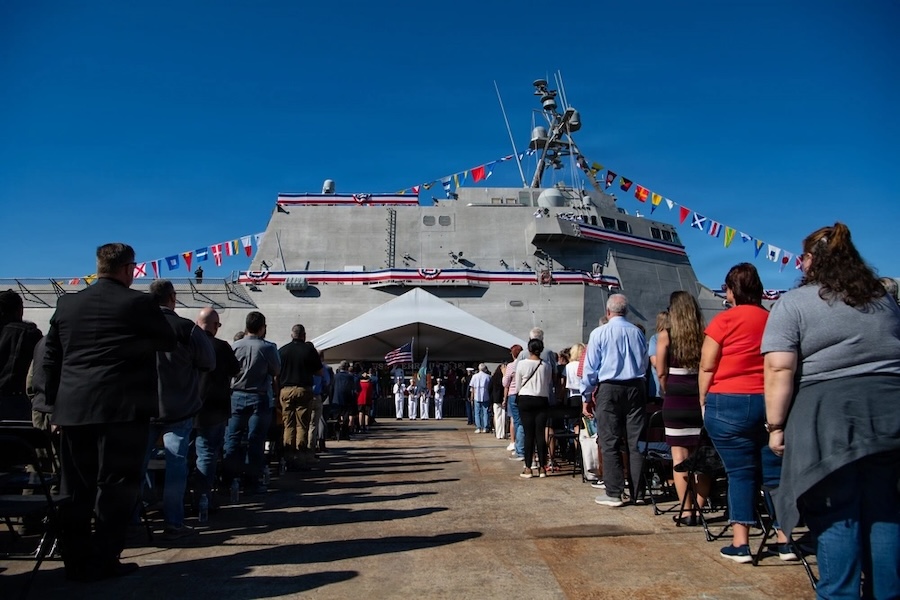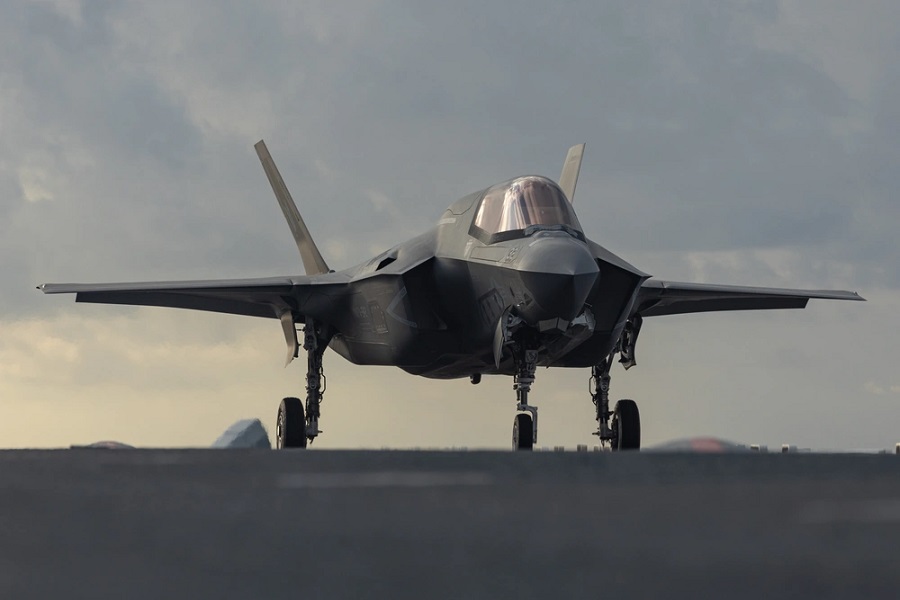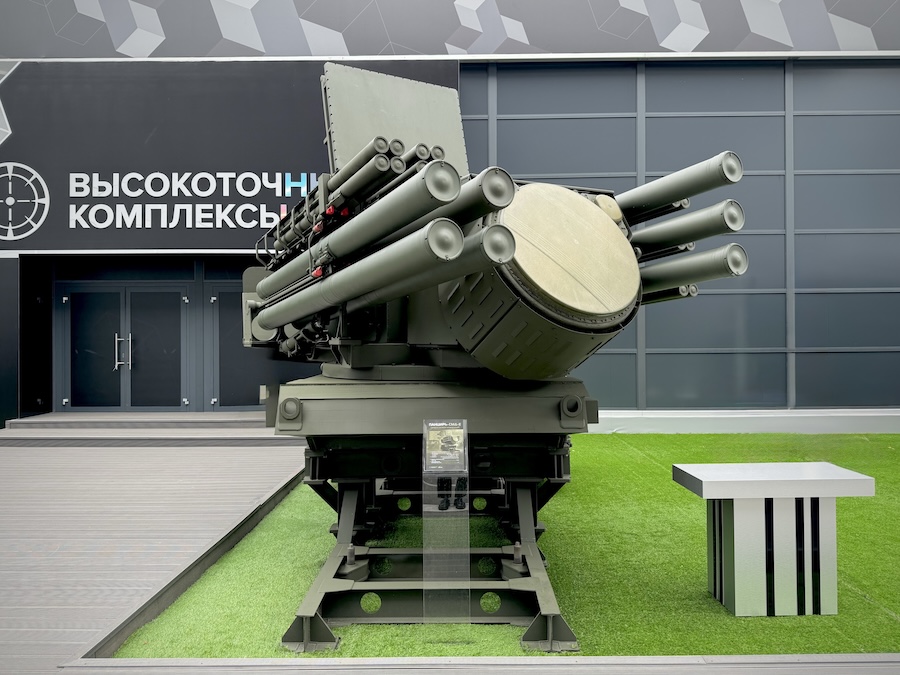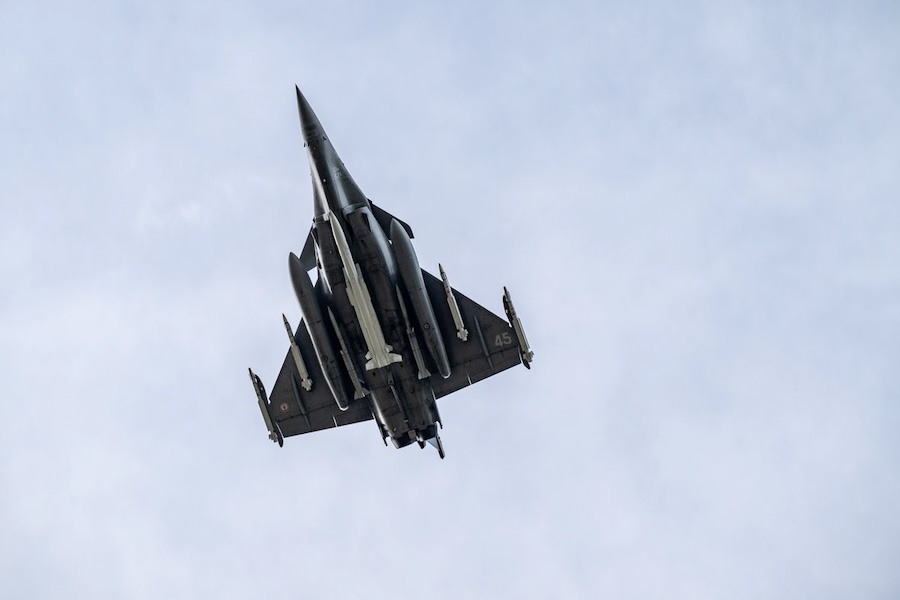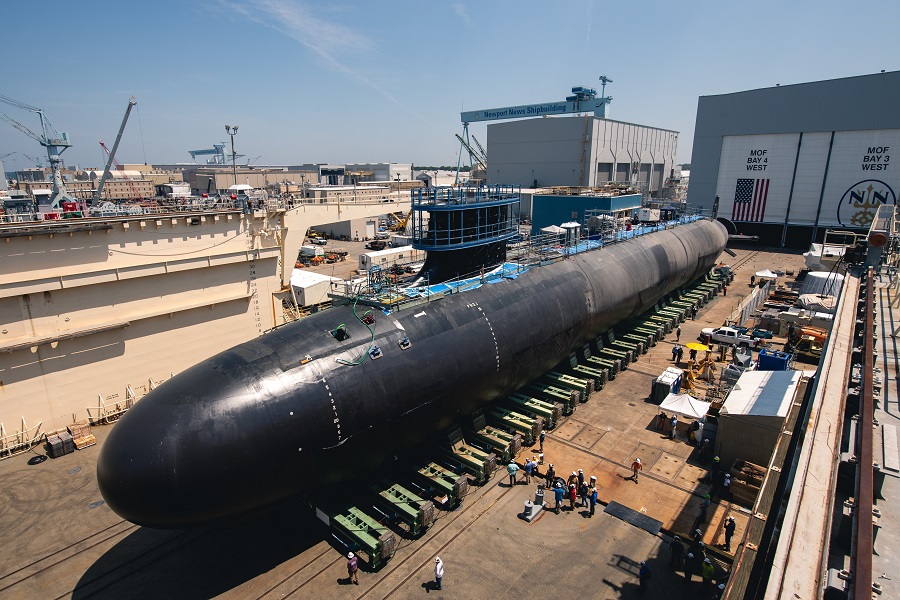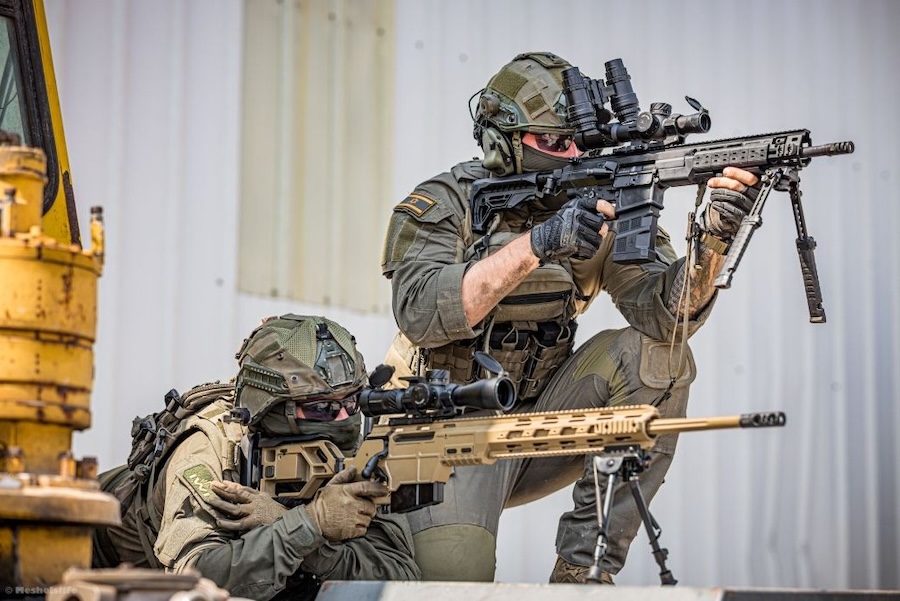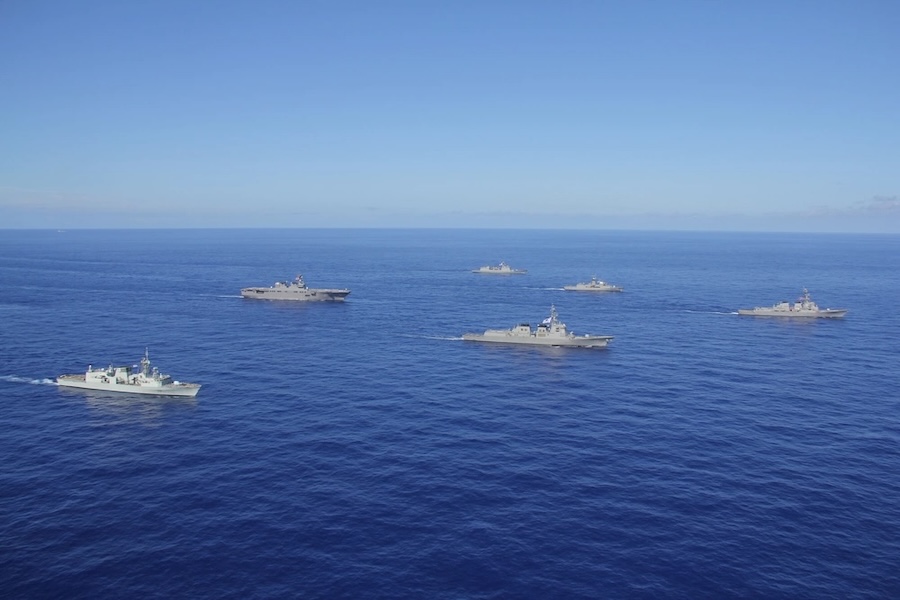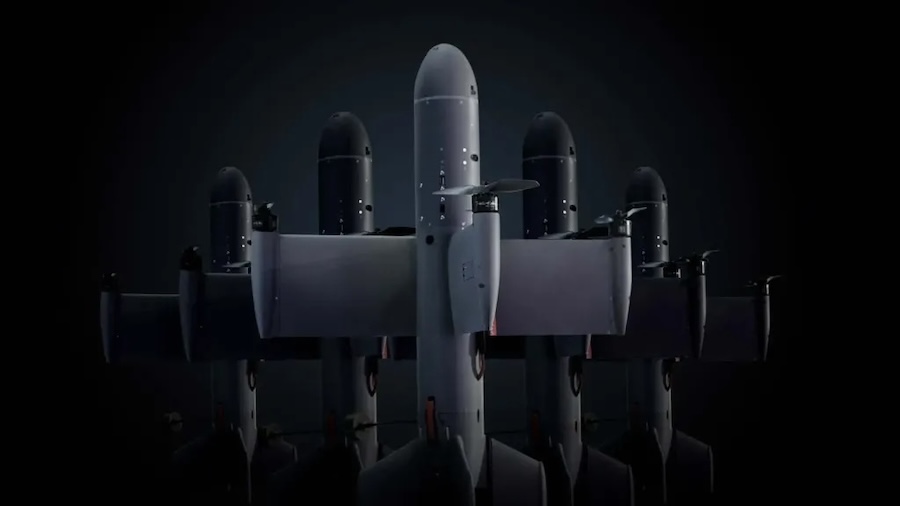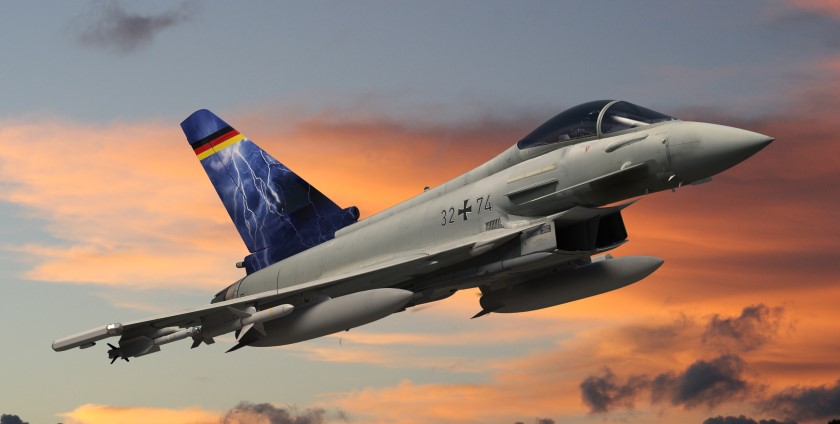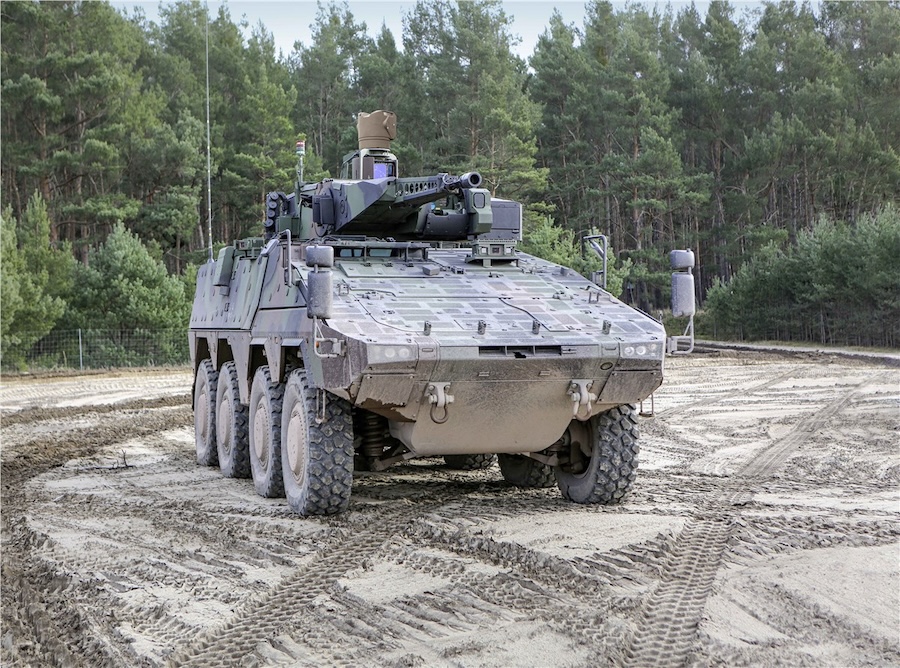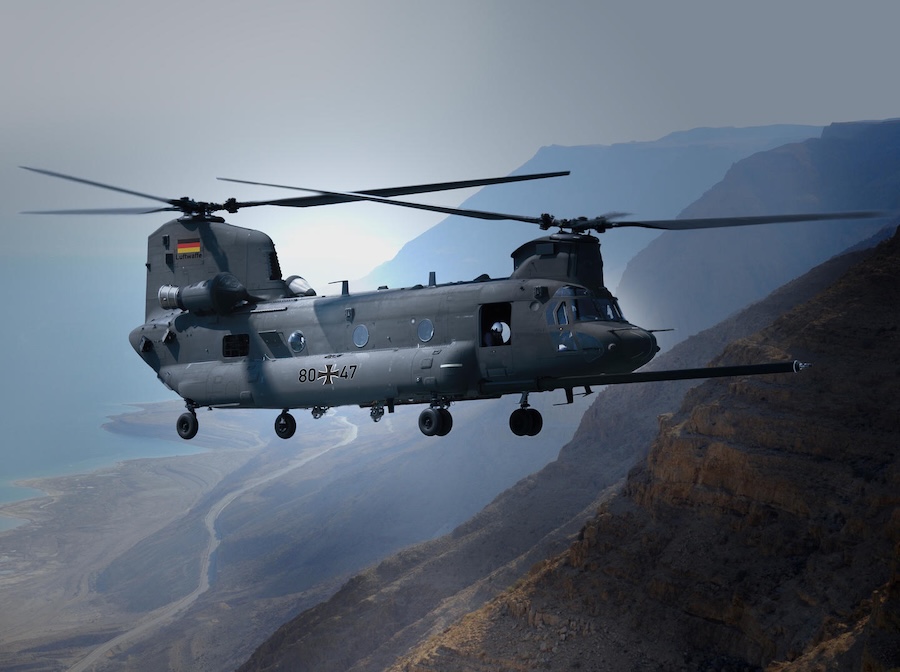On Tuesday, division officials announced that 73 cannoneer Soldiers in the 13B military occupational specialty have volunteered to retrain as 13M HIMARS crewmembers. The transition includes the arrival of three HIMARS units in Hawaii and will replace eight 105 mm and six 155 mm howitzers with 16 HIMARS over a six-month period.
The transition to HIMARS will reduce personnel requirements, with 119 fewer Soldiers needed compared to the outgoing howitzer battalions. HIMARS, a long-range rocket artillery platform, is known for its speed, precision, and battlefield flexibility.
“It’s clear that the HIMARS weapon system will make us more lethal at the end of the day,” said Maj. Gen. Marcus Evans, commander of the 25th Infantry Division. “It extends the range of long-range precision fires, while still retaining the capability to win in the close fight with the mobile brigades with the cannon artillery.”
Of the 73 Soldiers transitioning to the new system, 27 are undergoing a three-week course facilitated by the Army National Guard. This training includes instruction on operating the multiple launch system and will lead into an autumn validation exercise.
The validation will be conducted through the Joint Pacific Multinational Readiness Center to certify the 25th ID’s second mobile brigade and ensure proficiency in using HIMARS. Training locations include Schofield Barracks on Oahu and the Pohakuloa Training Area on the Big Island, with plans to expand to a site in the Philippines by February 2026.
As part of broader modernisation efforts, the Army is integrating more unmanned systems, ranging from short-range reconnaissance drones to platforms capable of surveillance up to 40 kilometres. This complements the restructuring of the 125th Military Intelligence Battalion into a “multi-domain fires battalion.”
“What is occurring over the last year as part of Army transformation: we have got technology into the hands of Soldiers,” said Evans. He added, “That allows them to see, sense and strike, protect and sustain at a faster rate, [with] increased operational reach.”
Col. Dan Von Benken, commander of Division Artillery, confirmed that traditional cannon capabilities will remain within the force. However, HIMARS offers added mobility and agility that enhance the division’s ability to adapt rapidly on the battlefield.
“What the HIMARS gives us is agility,” Evans explained. “Oftentimes when you combine [HIMARS] in in terms of flooding the zone, trying to confuse [the] adversary’s observation-sensing capability … you can now hide in the noise a little bit more, extend your operational reach, and you get increased mobility to be able to displace rapidly.”



